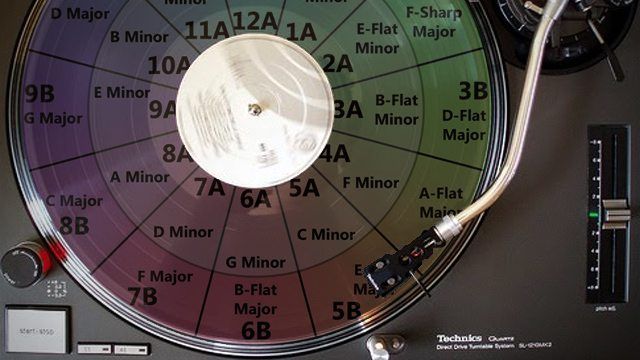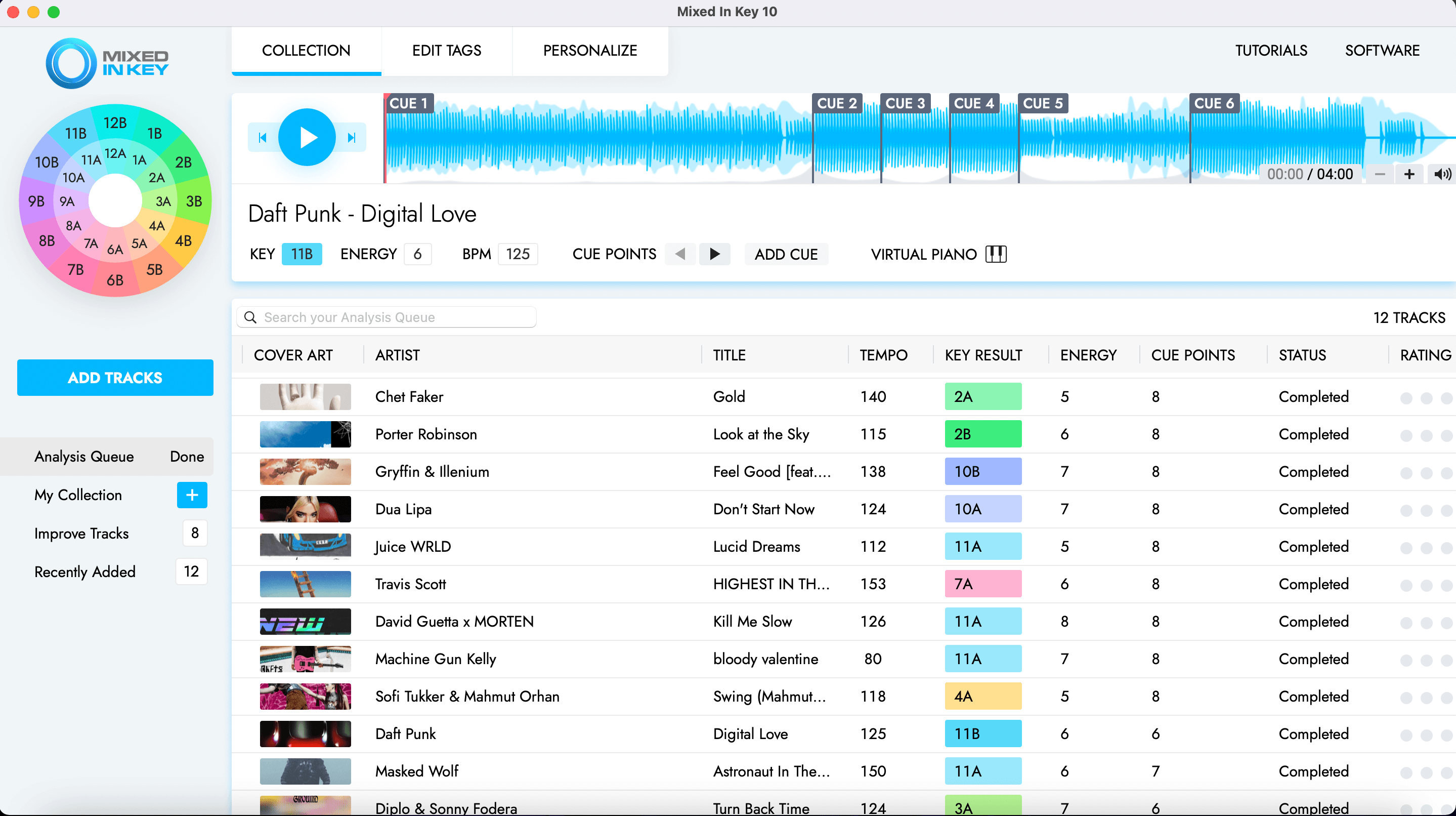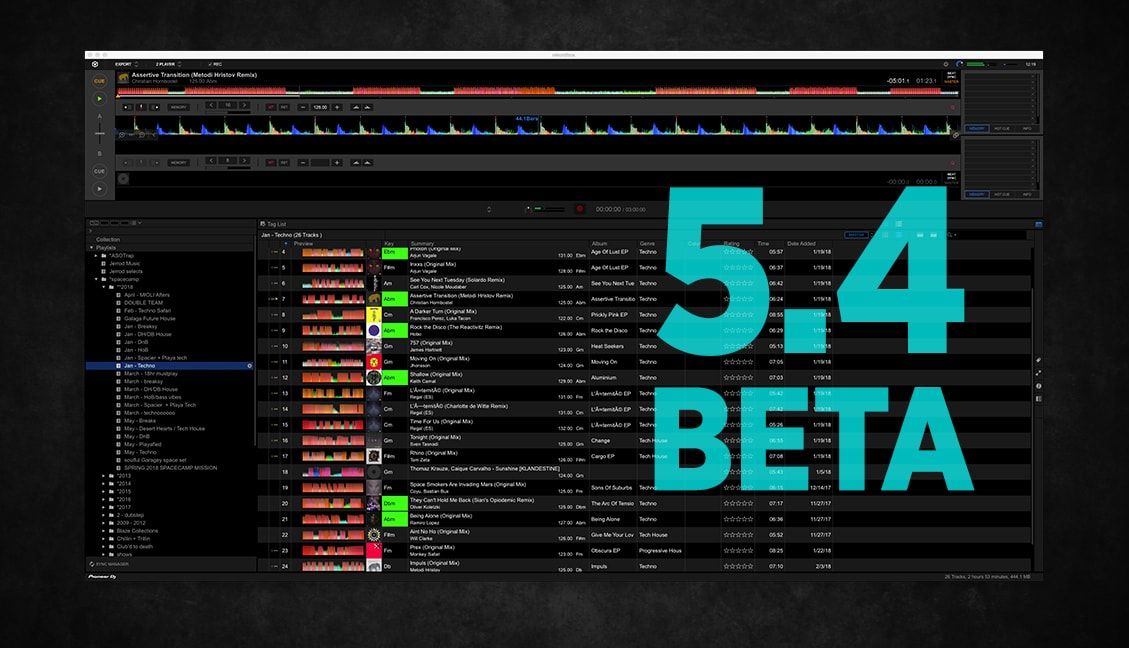OK, you’ve figured out basic two track mixing, started blending four decks, and even thrown in a little beat juggling for good measure. What’s next in the pantheon of creative DJ mixing? How about advanced harmonic transitions? DJs talk all the time about taking people on a “journey”, but to really create a musical story it’s critical to master the language of music. Today I have one simple tip for you: how to transition smoothly between major and minor keys – along with one other bonus technique for good measure.
First things first, if you’re not up to speed on mixing “in key” then check out this article for a primer – then pop back while we delve into more advanced territory.
MAJOR TO MINOR – THE ENERGY SWAP
If you are playing any form of electronic music then chances are very high that most of your library is in a minor key. There are however a few gems in major keys, which provide excellent dance floor lift but present a musical mixing challenge. Imagine the current playing song is in 7B, and the desire is to mix out perfectly in key but there are no suitable 7B tracks in the library.
There is one simple way to mix from major to minor harmonically: match the number, and change the letter from A to B or visa versa.
Check out the camelot system created by Mixed in Key below which makes it easy to visualize. In this case D minor (7A) contains the same notes as F major (7B) so the two can be mixed together.
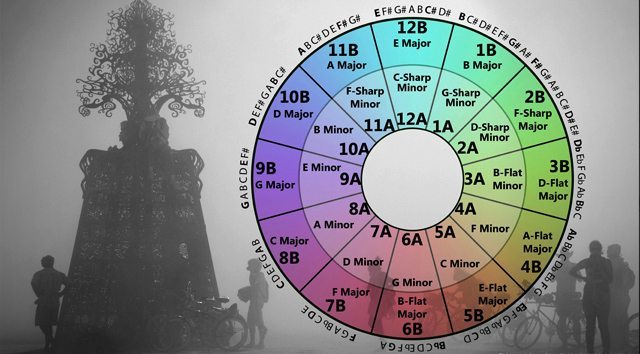
If you are feeling adventurous, and want to mix out of the box, try an “Absolute Major/Minor” switch by staying in the same key and transitioning from F Major to F minor. Here is a simple formula to follow:
- If In Major: Subtract 3 from the number EX: 7B to 4A
- If In Minor: Add 3 to the number: EX: 10A to 1B
Many DJs play it safe and mix during the drum breaks so there are no harmonic clashes. While this is a clean, fail-proof method, it leaves a lot of magic moments on the table. Key matched mixing, including major/minor or minor/major flips, present an exciting way to truly “mix” music.
“ENERGY BOOST” KEY MIXING
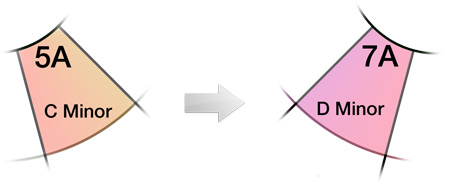
You have probably heard this trick used by pop musicians for decades – it’s the final verse that rises in key, usually one or two semitones for a big energy lift. To find a Camelot or Open Key notated song that’s in this range:
- One semitone: Add 7 to the key notation of your current track
- Two semitones: Add 2 to the key notation of your current track
From experience, usually a two semitone jump will work more consistently than a one semitone mix. Be aware, this type of “energy boost” is more likely to conflict in a longer mix and should be used in short transitions.
THE SHORT LOOP
In each of these instances, matching key codes do not guarantee a perfect mix since both songs might share similar notes but the chords are in an incompatible order. To create a bridge between the songs allowing for longer (compatible) mixes simply drop a short (one count) loop on a single chord or note that is in harmony. This is particularly nice for melodic transitions up or down the minor/major scales.
In the Major to Minor flip example above – the songs may contain one note that does not match. Make sure to drop a loop at the beginning, or end of a musical phrase to avoid any conflict should it arise.
As always, trust your ears before anything else. Read more in our introduction to Key Lock and how different softwares treat key mixing.


